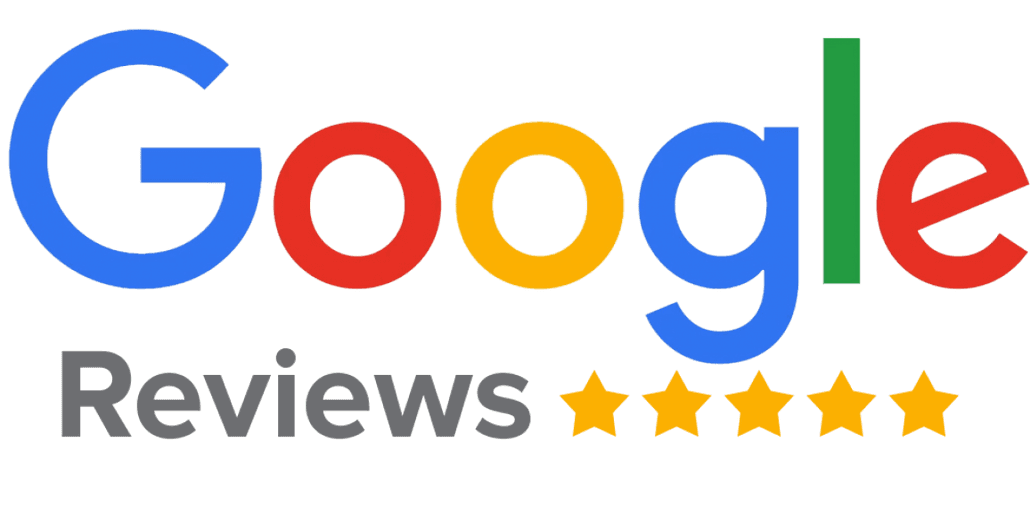Dynamic Keyword Insertion is a feature found in PPC ad platforms such as Google Ads that allows different keywords to be inserted into ads based on customer search queries. As you will see below, this has the potential to transform your PPC ad campaigns and reach customers more effectively.
What is Dynamic Keyword Insertion?
Dynamic Keyword Insertion allows for real-time ad customization based on what customers are searching for. The simple process is as follows:
- You have an Ad Group containing a set of keywords relating to a specific subject.
- You incorporate these into your ad copy with the DKI code.
- Customer 1 searches for keyword A, DKI creates an ad with a headline containing keyword A.
- Customer 2 searches for keyword C, DKI creates the same ad with a headline containing keyword C.
- Rinse and repeat.
You are essentially giving Google a list of keywords that you want to include in your ad copy. Google then inserts these keywords into your ad headlines if a user searches for them! The results are more targeted and specific ads that contain exact match words customers are searching for.
An example will help! Let’s say you have an Ad Group based on your dog food products including the keywords “organic”, “inexpensive”, and “affordable”. Your Ad headline is currently “Want dog food? Try X” where X is your brand (I literally couldn’t think of a made-up brand!).
You can tailor this ad and make it more specific with the use of dynamic keywords. Using specific code in the headline, you could get dynamically generated ads with the following copy:
- “Want organic dog food? Try X”
- “Want inexpensive dog food? Try X”
- “Want affordable dog food? Try X”
These would appear when a customer searches using the term affordable, organic, or inexpensive. This isn’t a great example and the ad copy is terrible, but hopefully, you see the idea and the potential benefit. A company offering PPC campaign management services will be able to help you generate far better copy than this!
DKI Benefits
Dynamic Keyword Insertion has the chance to greatly improve the efficiency and ROI of your PPC ads and it can be a useful tool when used correctly. Benefits include improved targeting and visibility, and a workload reduction.
Better ad targeting
The obvious benefit of dynamic keyword insertion is the ability to target specific customers better. You are effectively tailoring your ads to suit exactly what your customers are searching for which theoretically should result in a higher conversion chance.
Improved visibility
A fact that is often overlooked with DKI is that Google actually makes keywords that are dynamically inserted bold! This might seem like a small difference, but this visual indicator puts emphasis on the keyword and ultimately makes the ad more visible and attractive.
Better efficiency
By utilizing Ad Groups and dynamic keyword insertion you can greatly reduce your workload too. For example, if you didn’t use dynamic keywords with an Ad Group, you would then have to create a separate ad with new copy and headlines for each word within that group.
This is incredibly time-consuming whereas with DKI you can create one ad that automatically changes to include each keyword when it is searched for.
DKI Drawbacks
Let’s not pretend that DKI is perfect. It isn’t and it should always be used sparingly and with caution. There are several potential drawbacks you must consider when using DKI including ad wording, and landing page generalization.
Awkward ad wording
Dynamic Keyword Insertion doesn’t take into consideration grammar and correct word usage. It is very literal in the sense that it will place keyword A into your ad when keyword A is searched for.
This can result in some weird-sounding ad headlines – mainly when singular and plural versions of words are used. For example, let’s say you have an Ad Group relating to fabric sofas which includes “Premium fabric sofas”, “premium fabric sofa”, and “luxury fabric sofas” and your headline is “Top Prices on {}” where {} is the dynamic keyword.
Can you see where this is going? What happens if someone searches for “premium fabric sofa” on Google? Google Ads will create the dynamic ad with the headline “Top Prices on Premium Fabric Sofa”. This doesn’t exactly read well, does it? It might still get a click, but poor wording like this can put people off and reduce ad effectiveness.
Landing page generalisation
If you have an Ad Group with 5 keywords that you want to implement with DKI you have two options regarding landing pages. Either you create a separate targeted landing page for each keyword within the Ad Group, or you create a generalized landing page that aims to encompass all the keywords.
Neither options are ideal and this is a drawback of DKI. Creating an individual landing page for each keyword takes a heap of time and effort and it could ultimately mean a poor ROI. The option most businesses go for, therefore, is to create a generalized landing page that aims to capture all the Ad Group keywords.
This can work, but you don’t quite have the same effectiveness as a targeted landing page.
Use Dynamic Keyword Insertion Sparringly and Carefully
As you can see, dynamic keyword insertion has the power to help you target specific customers and align your ad copy with what people are actually searching for. As with any feature like this such as negative keywords in Google Ads, it should be used sparingly and you should always monitor the results and make adjustments where necessary.










